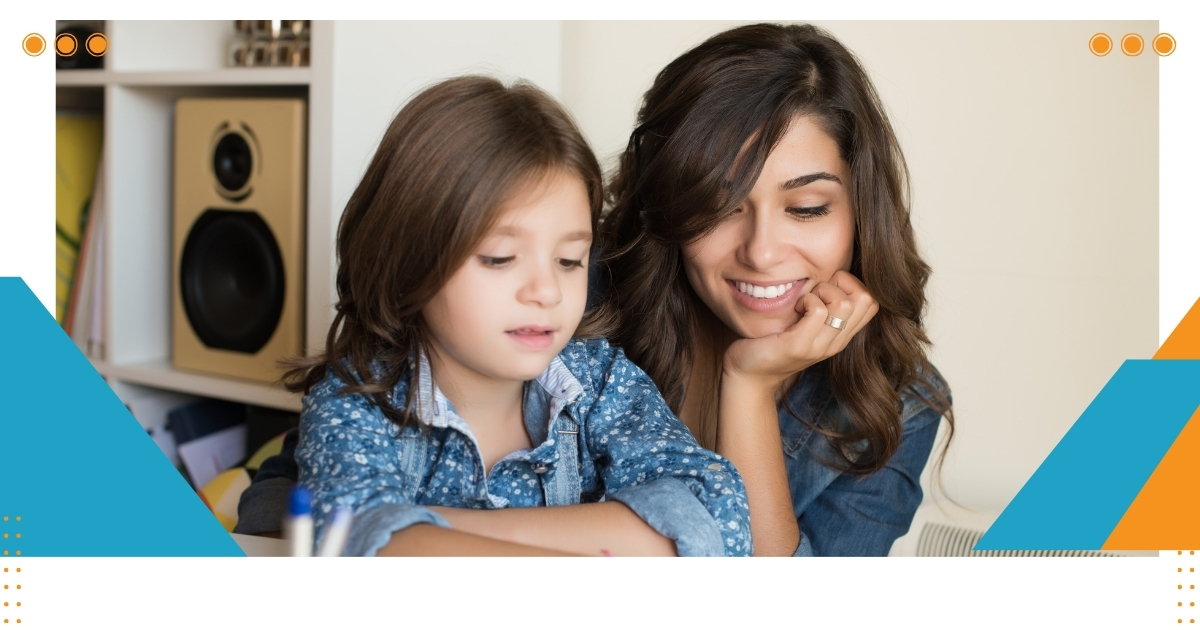Homeschooling offers a unique opportunity to tailor education to your child’s individual needs. One of the greatest benefits is having the flexibility to adapt teaching methods based on how your child learns best. Every child processes and retains information differently, so understanding learning styles in homeschooling can make a world of difference in crafting an engaging and effective educational experience.
Below, we’ll explore how to identify your child’s learning style, ways to adapt your teaching methods, and strategies to implement personalized education at home.
Recognizing Different Learning Styles In Homeschooling
Each child has a distinct way of absorbing and understanding information. While every learner is unique, most fit into one or a combination of these primary learning styles:
- Visual Learners
These children learn best when they can see what is being taught. They benefit from charts, diagrams, videos, and color-coded notes. Visual cues help them better understand and retain information. - Auditory Learners
For auditory learners, hearing the material is key. They respond well to lectures, discussions, audiobooks, and even rhymes or songs to memorize concepts. - Kinesthetic Learners
These hands-on learners thrive when they can physically interact with the material. They often enjoy experiments, building models, or activities that require movement. - Reading/Writing Learners
These learners prefer working with text. They excel when they can read passages, write notes, and complete written exercises.
Understanding which category (or mix) your child falls into is the first step toward choosing strategies that resonate with their strengths.

How To Discover Your Child’s Learning Style
Identifying your child’s learning style doesn’t require an expert assessment. Here are some practical ways to determine how your child learns best:
- Observe Their Behavior During Lessons:
Notice how your child interacts with new concepts. Do they gravitate toward drawing or sketching ideas? Do they remember things better when you say them out loud? - Ask Questions:
Simply talking to your child about what helps them understand material can give you valuable insights. For example, ask, “Would you rather see pictures, hear the explanation, or try it yourself?” - Experiment with Different Methods:
Try teaching a single concept in multiple ways. For instance, when teaching fractions, you might use a pie chart (visual), explain it aloud (auditory), or use physical objects like pizza slices (kinesthetic). Track which approach resonates most. - Use Learning Style Quizzes:
There are accessible online quizzes and tools designed to help identify learning styles. These can be an excellent starting point for understanding how your child functions.
By paying attention to your observations and trying different approaches, you’ll likely notice patterns that reveal your child’s primary learning style.
Adapting Teaching Methods For Each Learning Style
Once you’ve identified your child’s learning style, the next step is incorporating it into your homeschool routine. Here are some specific strategies for each type of learner:
Strategies for Visual Learners:
- Use flashcards, mind maps, and graphic organizers for clearer visualization of complex ideas.
- Introduce subjects with videos or illustrated books.
- Implement color coding for subjects, topics, or key concepts to help them organize information.
- Draw or diagram processes, like how photosynthesis works or steps in long division.
- Encourage them to take notes and include their own drawings or highlights.
Strategies for Auditory Learners:
- Incorporate read-aloud sessions and discussions into your teaching plan.
- Use audiobooks or podcasts to reinforce learning during non-study times.
- Introduce songs, rhymes, or mnemonic devices for memorization.
- Have regular Q&A discussions for subjects like history or science.
- Ask them to explain back what they learned to ensure understanding.
Strategies for Kinesthetic Learners:
- Design lessons that involve physical activity, like acting out historical events or solving problems with manipulatives.
- Use crafts, models, or DIY kits to teach concepts.
- Take frequent breaks for movement and ensure they’re not confined to their seat for long periods.
- Play games or incorporate physical challenges into lessons, such as scavenger hunts for vocabulary words.
- Introduce sensory tools like sandpaper letters or textured shapes for early learners.
Strategies for Reading/Writing Learners:
- Assign independent reading tasks and have them summarize key points in written form.
- Encourage keeping a learning journal or writing regular essays on topics they study.
- Offer plenty of written instructions or step-by-step guides for assignments.
- Provide access to books, encyclopedias, or digital resources to fuel their curiosity.
- Use printable worksheets, quizzes, and practice tests.
Adapting methods to align with your child’s learning preferences doesn’t just enhance understanding; it also fosters excitement and confidence in their ability to learn.
The Role of Flexibility in Personalized Education
When adapting teaching strategies, it’s essential to remember that learning preferences aren’t static. Children may lean toward one style for certain topics while preferring another for others. For example, a child who generally thrives on hands-on activities might prefer auditory resources when learning a new language. Adaptability ensures that your teaching remains both effective and engaging.
Flexibility also means considering your child’s pace. One of the key advantages of homeschooling is being able to slow down for tricky concepts or accelerate through areas they already grasp. Use this freedom to build a learning schedule that adjusts to your child’s needs daily.
Homeschooling parents have a wonderful opportunity to rethink the “one-size-fits-all” model of education. Personalized education not only gives children the tools to succeed, but it also respects their individuality, nurturing their natural strengths.
Practical Tips For Creating Personalized Education Strategies
Personalized education goes beyond understanding learning styles. Here are actionable strategies to customize your homeschool approach:
- Set Goals Together:
Collaborate with your child to define what they want to achieve each semester or year. This helps them take ownership of their learning. - Offer Choices:
Allow your child to choose between activities or assignments. For example, they might pick between writing a report or building a model to demonstrate their understanding of a topic. - Track Progress Individually:
Instead of comparing to traditional grade levels, measure your child’s progress against their previous performance. Celebrate both small milestones and significant achievements. - Create a Comfortable Learning Environment:
Children feel more engaged when their learning space matches their preferences. A kinesthetic learner might enjoy a standing desk, while a visual learner appreciates a clutter-free surface with plenty of charts. - Use Real-World Examples:
Tailor lessons to life experiences. For instance, practice math skills by cooking together or explore science through nature walks. Bringing lessons to life boosts engagement. - Stay Curious Together:
Children notice when their parent is excited about learning. Encourage their curiosity by modeling it yourself. Find topics that interest both of you and explore them together.
Handling Challenges When Adapting Teaching Methods
Personalized homeschooling isn’t without challenges. Kids may get stuck on a subject despite your best efforts, and certain methods may require more time or preparation than others. Here are some tips for addressing difficulties:
- Patience is key. Learning is a process, and not every method will work immediately. Give yourself and your child time to adjust new strategies.
- Stay consistent while being willing to pivot. If one method isn’t clicking, explore another without abandoning the core concept.
- Use external resources when needed. Online courses, tutors, or co-op groups can offer fresh perspectives and keep your child interested.
- Be kind to yourself as the teacher. Every parent has moments of doubt, but your effort to provide a personalized education shows you’re doing something wonderful.
Creating Joyful Education
Understanding learning styles in homeschooling creates the foundation for a more effective and joyful education. By observing your child’s behaviors, adapting teaching strategies, and remaining flexible, you can craft a personalized learning experience that nurtures their strengths and addresses their challenges. Most importantly, homeschooling allows you to guide your child’s learning in a way that values their individuality, building both their knowledge and their confidence.
Every child learns differently, and as their parent and educator, you have the tools to help them discover their path to success.





